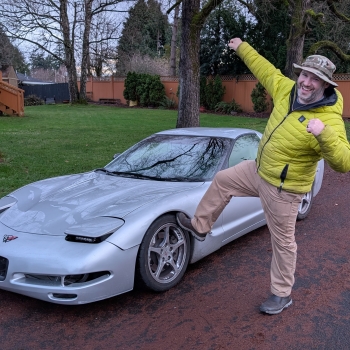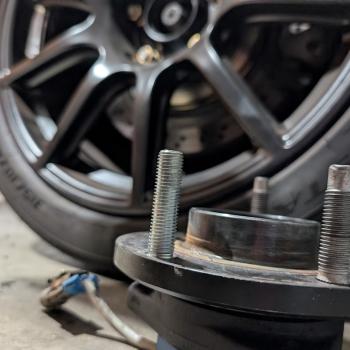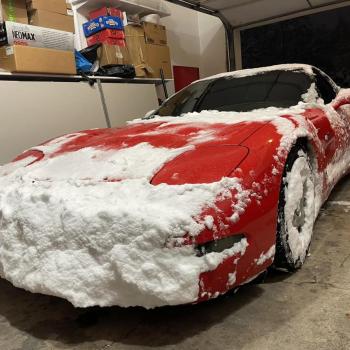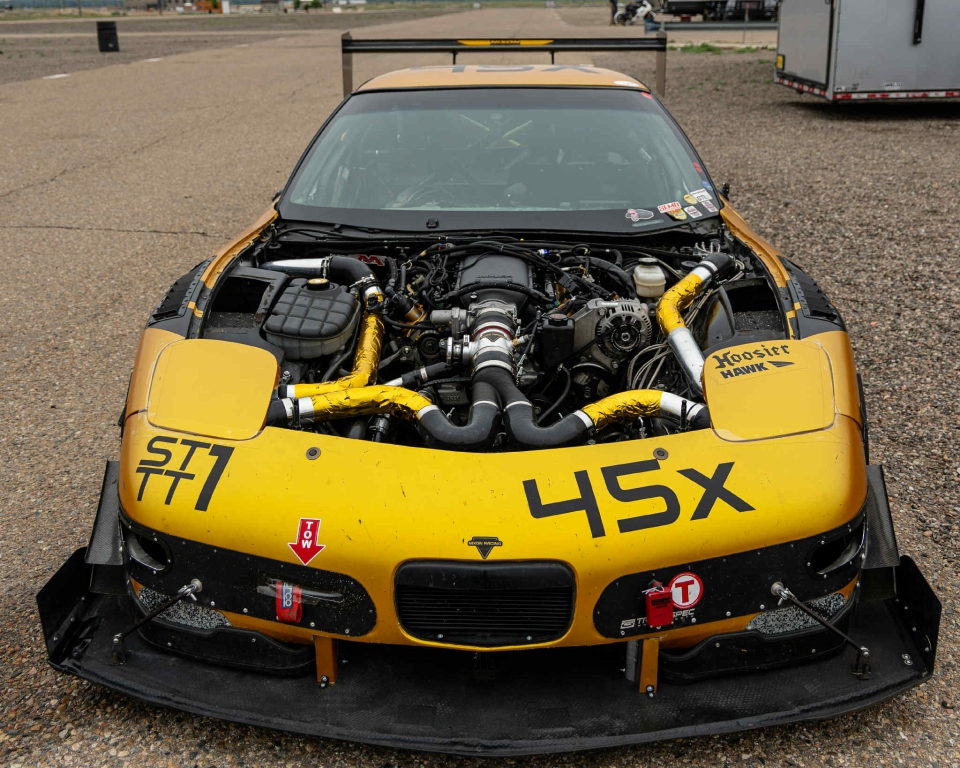
So right off the bat we have to acknowledge two things going into this article. One, the C5 Corvette track/race community isn't keen on boosted cars out on track... and two... this car makes the community eat its hat.
Colt Nixon is the owner of this turbocharged C5 Corvette racing in Nasa ST1. He's had it for 7 years and its gone through several different variations along the way. As his C5 Corvette sits now though, it's a monster capable of competing in NASA ST1 and staying cool while doing it.
We reached out to Colt Nixon with some questions on his C5 Corvette, and here's what the man has to say about his car and just how he made boost work for him.
Q- What got you into Corvettes and/or this specific Corvette.
A- I started into Corvettes early, my family has been involved with the Pikes Peak Hill Climb since the 60’s and my grandfather had his hands in a 1962 C1 hill climb car.
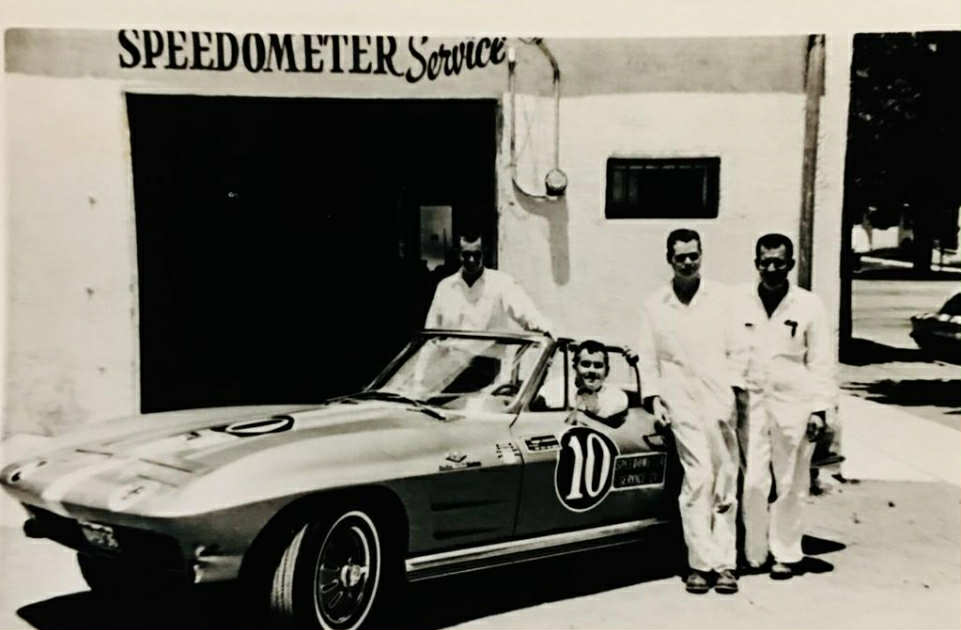
I bought my Corvette in 2018 when I moved back to Colorado. I spent Three years at Bondurant Racing School as a mechanic which afforded me the time to build and drive Vipers on track and I wanted to continue racing in a Corvette being a Chevy guy.

Q- You're clearly into tracking it, what was it like at first?
A- I’ve been tracking it since I bought the car. Out of the box they’re great, then need help in the cooling department right off the bat, but they’re fast immediately. I’ve owned the car for 7 years, so I’ve had a lot of time to design and iterate with the entire package. Now it’s built to the NASA class “ST1”
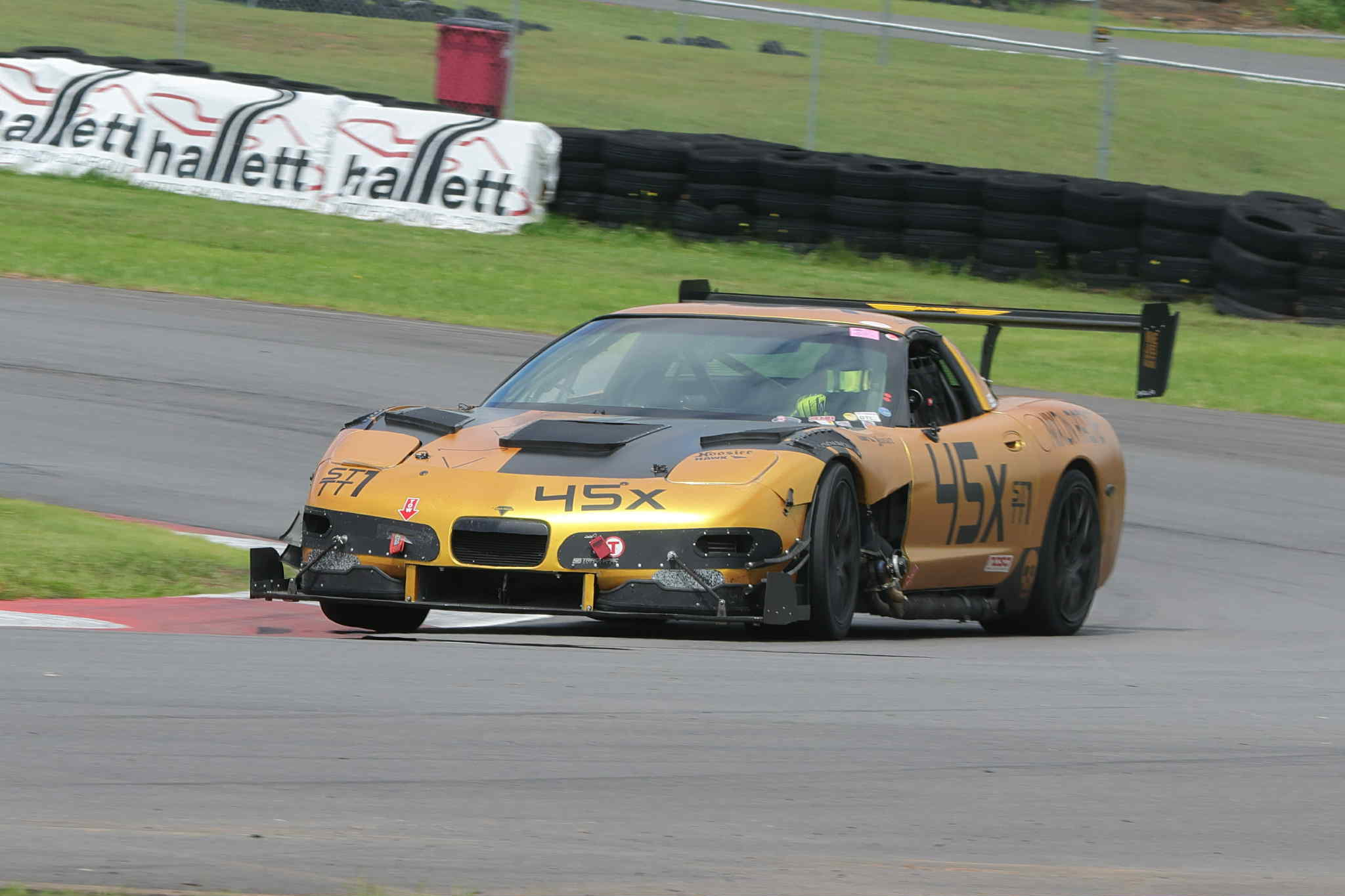
Q- How did tracking/competing progress, and what lead you down the boost path? Or was it early in the build process?
A- The car got pretty serious off the bat. I ran the LS1 but wanted more power After year two so I ran an LS3 which eventually popped a ring land, then I moved onto a forged LS3 with Callies pistons and rods that revved high and that engine made it two seasons before it had a wrist pin failure and also failed. I was a former BMW master tech so I had been working on OE turbo systems for years and was comfortable with them. My recipe was simple. Aluminum block 5.3l, put good ARP head studs and various pieces of other hardware, 7 layer head gaskets, open up the ring gaps wide, get a camshaft and intake that compliment the turbos and send it.
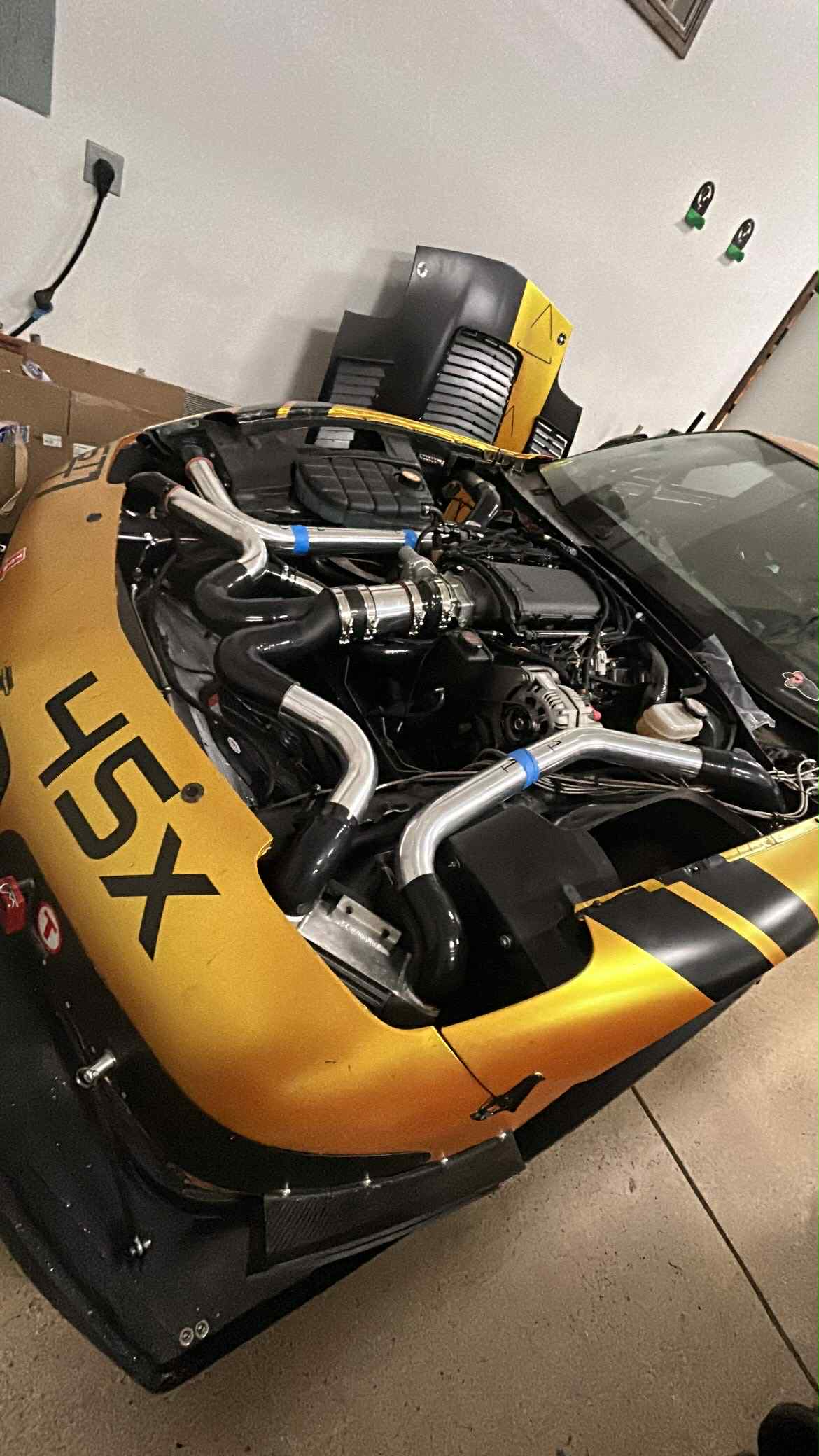
Q- What, if any, were some of the struggles with boosting the car? What worked well, what maybe didn't work, etc etc.
A- Honestly the biggest issue I had when I got the car on the Dyno was trying NOT to make power. The 40mm gates with 8lb springs made more than 800rwhp with minimal ignition timing. To properly control the boost I had to add two additional wastegates. I can now run anywhere between 550rwhp and 900rwhp on various maps and boost controller settings inside my Haltech. The second was the IATs. They would climb to 180 in a hurry on a hot day. I revised the system and switched to air to water intercoolers and now the IATs are within 20 degrees of ambient on the final lap of a 40 minute race. I’m also getting a secondary cooling effect from the pump e85. So far this engine runs cooler, and makes way more power than its predecessors. The entire turbo system only weighed 100lbs more, and I still had to add ballast to meet the ST1 power to weight requirements. When I switch to GT full time the ballast will come out, and with the glass removed the car should be under 3200 lbs (full fuel with driver
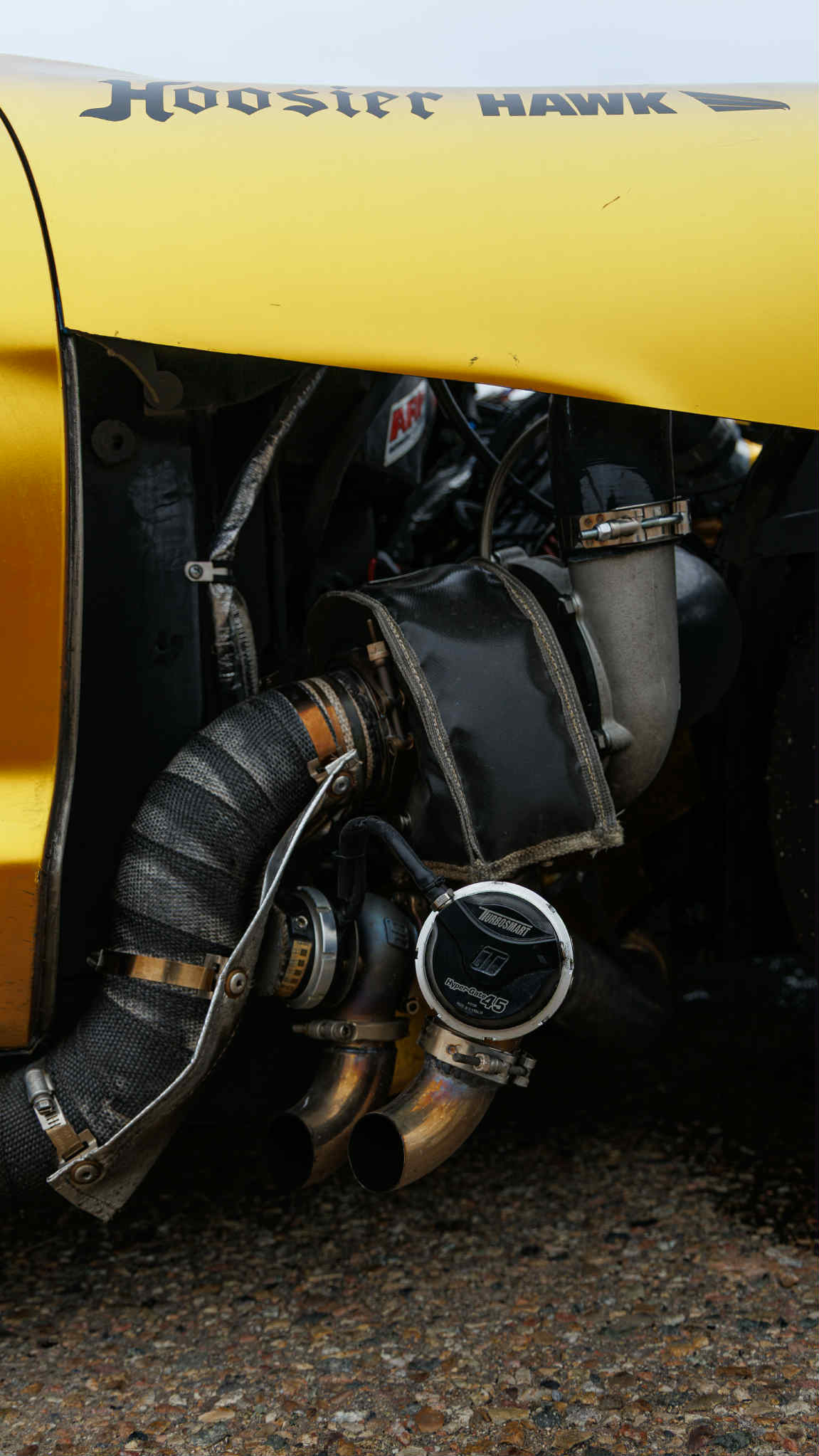
Q- What advice would you give someone else looking at running their car boosted on the track?
A- Go for it, but do your homework. Look at the turbo efficiency maps, do the math on gate sizes, run a proper stand alone system, invest in the right tuner, set the ring gaps up for boost. Test, Test, Test. Always run telemetry and always log the powertrain vitals. Listen to the car. Be prepared to iterate and be creative.
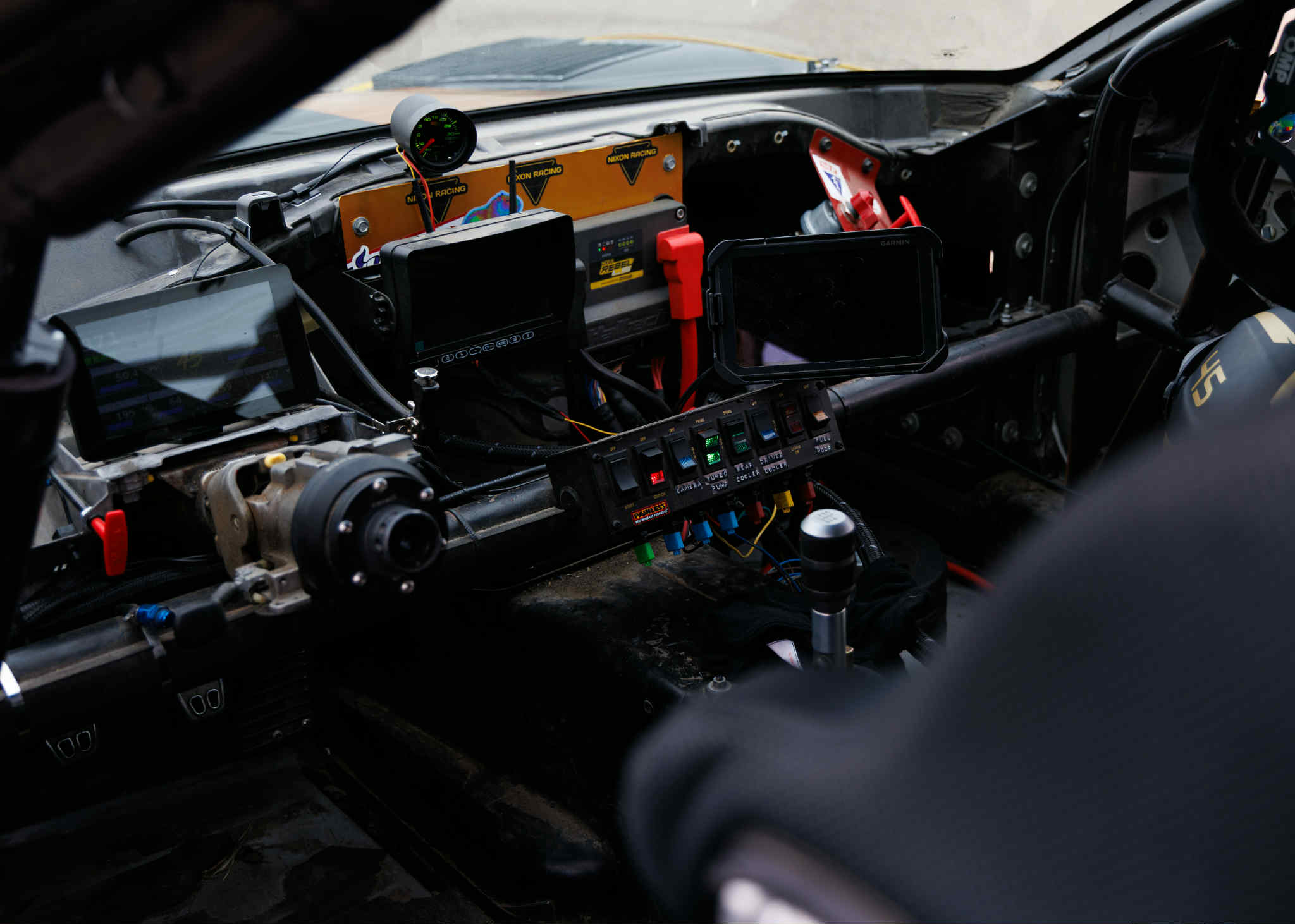
Q- What are you next plans with the car?
A- Right now I'm waiting on the new Nitron R3 coilover package from Inertia Labs, and concurrently working on a full flat floor to take full advantage of the side pipes. Making the AJ Hartman carbon splitter connect to the AJ Hartman carbon diffuser. In the offseason the glass is coming out and being replaced with lexan, and working on getting the car ready to run its full 725rwhp for NASA GT W2W racing and also various Time Trial events like Super Lap Battle, and Southwest Speed Fest if all looks good after a full year of abuse then I’m going to switch to a PPG sequential transmission with paddle shifters.
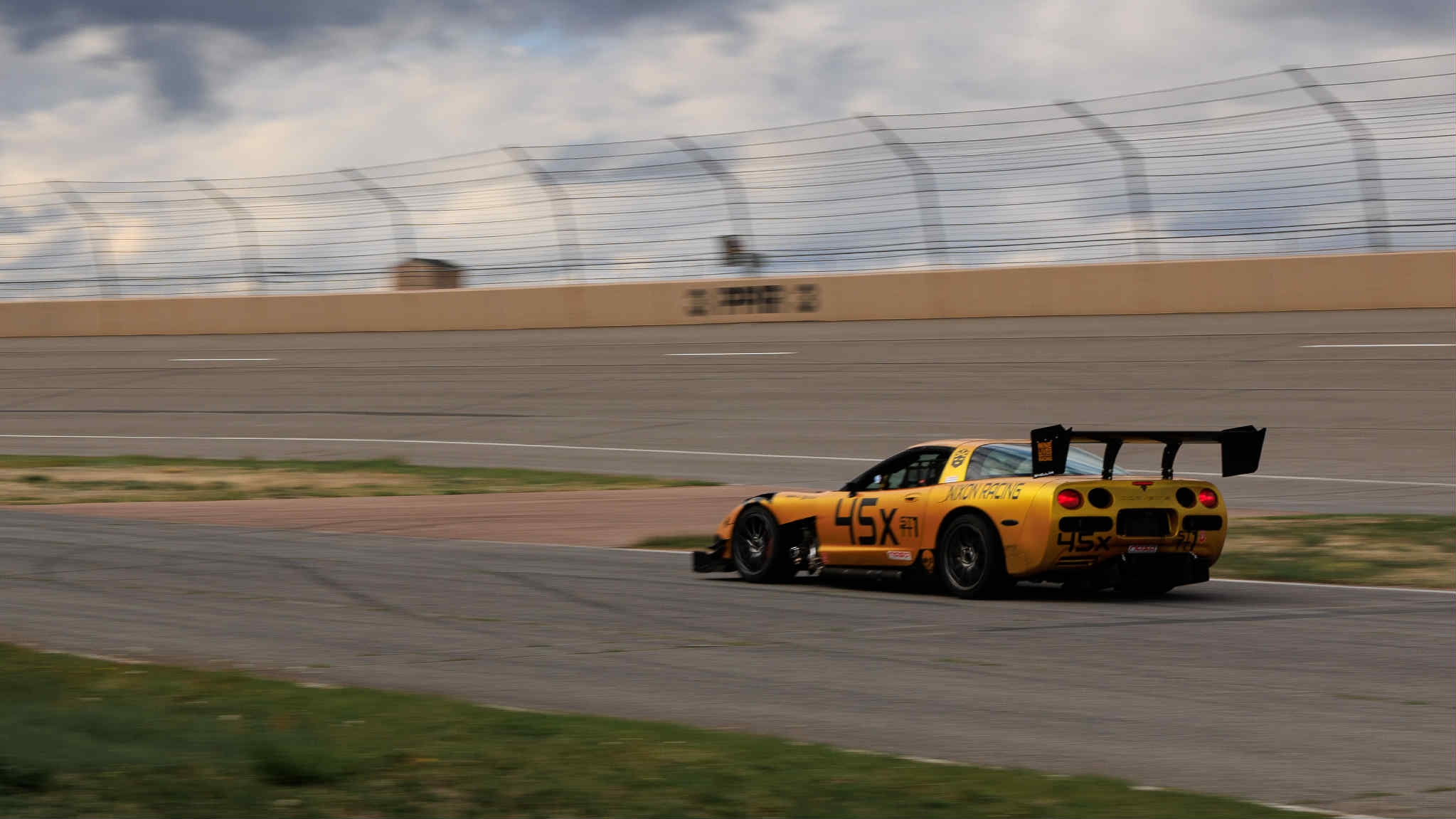
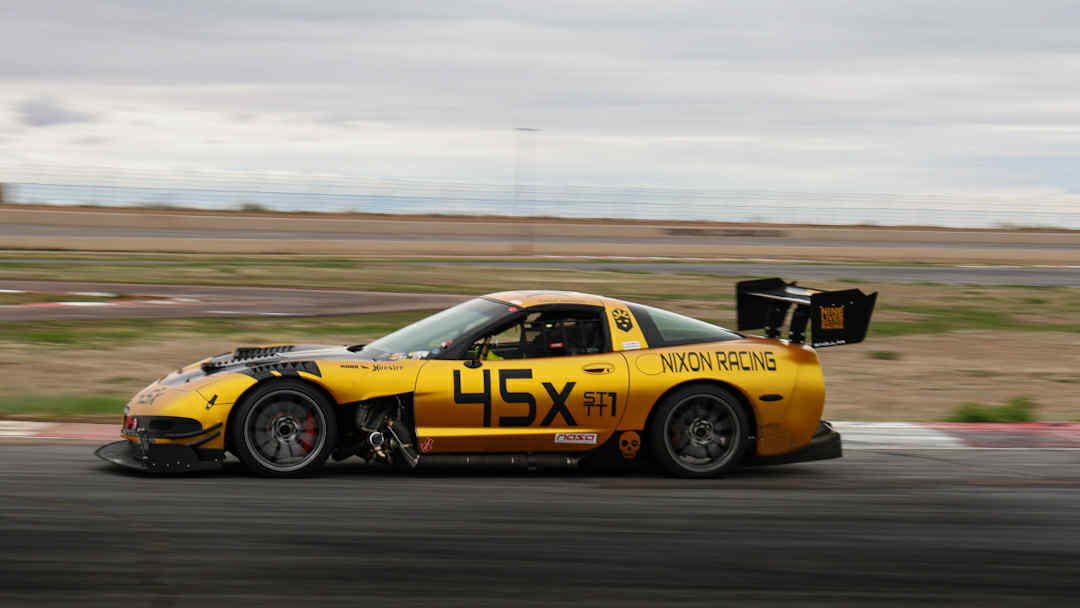
Current Specifications
2000 Chevrolet Corvette
- Engine
- LC9 Aluminum Block 5.3L V8
- Twin 6262 TS-1 Turbosmart Turbochargers 550-930rwhp
- Under Pressure Performance manifolds/Up pipe
- Turbosmart 45mm Wastegates X4
- Haltech Rebel LS
- Turbosmart boost controller
- Powertune Digital Dash
- Tucson 240amp Alternator
- Transmission
- TDP T56 Transmission
- Diamond stage 4 clutch
- C6 ZR1 axles
- Setrab differential cooler
- Setrab transmission fluid cooler
- Cooling
- Forward tilted Howe TA2 radiator
- Setrab engine oil cooler
- Proprietary air to water intercoolers
- Proprietary rear mount heat exchanger
- Trackspec hood louvers
- Race louvers fender vents
- Chassis
- AMT Motor mounts
- Gspeed transmission mounts
- Borg delrin control arm bushings (AMT spherical bearings on lower rear control arms)
- Inertia Lab Nitron R3 Coilovers
- Hotchkis Sway bars
- After Dark Speed Camber kit
- Front and rear bump steer kit
- Trackspec Roll Cage
- Aero
- Nine Lives Racing carbon wing 12” cord
- Singular end plates
- AJ Hartman Carbon Splitter
- AJ Hartman Diffuser
- AJ Hartman canards
- Alumalite flat floor.
- Brakes
- Wilwood Aero 6 Calipers
- Hawk DTC70 pads
- Girodisc two piece rotors
- C7 SKF X Tracker hubs.
- MK60 BMW M3 ABS
- Other
- Coolshirt system.


